~ a series by Dora Endre // I. Quo vadis, Aida?, directed by Jasmila Zbanic ~
Times have changed, and the “old normal” seems to be part of a different galaxy in more than one way. The movie industry is no exception.
The pandemic redrew the demarcation lines, so to speak. New rules and regulations, higher cost and risk factors, as well as ways of release came into play. Many of this year’s movies have gone straight to VOD or streaming. In the very last weeks of this year, high-profile blockbusters and mainstream movies are hitting theatres from “The House of Gucci” (Ridley Scott) to “West Side Story” (Steven Spielberg). Hollywood giants and their aspirations for the award season will soon be in the spotlight.
Now that the new year has started, I hereby present my choices for the best movies of 2021. Movies that might not have their titles flashing red on the radar but bear with complex stories that are worth to emerge in. What is it that they all share? A sharp focus on the importance of human contact, and a deep appreciation of all human rapports we have in our lives. Hug your loved ones now that it is possible, as long as it is possible.
- Quo Vadis, Aida? (Bosnia and Herzegovina)
“We are on the list.”
The Latin phrase “Quo Vadis” is strongly associated with an episode from the life of Saint Peter who fled from Rome during the persecution of Christians under Emperor Nero. As he was travelling along the Via Appia he met Christ in a vision. Saint Peter asked him “Domine, quo vadis?” (“Lord whither goest thou?”) and the Lord answered by saying “I go into Rome to be crucified”.
Quo Vadis, Aida? is an eye-opening piece about national and historical traumas that should never be forgotten. Writer-director Jasmila Žbanić (Grbavica, For Those Who Can Tell No Tales) puts the viewers of her latest work in the middle of the Srebrenica genocide of 1995. The massacre of 1995 was one of the most gruesome incidents of the Bosnian War (1992 – 1995), and still to this day, it is an aching wound in Bosnian remembrance.
Žbanić tells her story from the perspective of Aida, a UN interpreter slash English teacher. Aida is an Arabic name, it means; helper. She struggles to navigate the chaos of war, help civilians and UN soldiers and to provide shelter for her own family. She is a moderator, thus she constantly stands between differing parties. Aida, through her work and intelligence gains inside information and sees the rising level of danger with painful clarity. She symbolises all “Aidas” out there who see the harshness of reality and fear that there is nobody to stop the devastation that is coming.
The film follows the ordeals of Muslim refugees fleeing the onslaught of brutal Serb militants. 250,000 civilians wait at the gates of a UN camp base stuck between the approaching enemy and the supposed ally. They are starving, injured, fearful and hopeless. A baby is being born inside the base, a mother is handwashing the clothes of her family in a basin at the gates, a man sinks into insanity believing the base is a Nazi gas chamber.
Everyone’s waiting. Civilians. Serb soldiers. UN soldiers. UN decision makers. Nothing moves, no one knows what is coming and when. Most of the movie is about harrowing waiting times and elongated silences. Panic crawls under everyone’s skin, chaos rises in a non-linear form of storytelling. Quo Vadis, Aida? is a daring and meticulously crafted piece that is filled with suffocating tension.
The film sheds light on the United Nations’ bureaucratic decision making processes, delays, and occasions when it left those behind who it was supposed to protect. Srebrenica was a safe zone, nevertheless the massacre happened. This horrible example of how modern interventions and foreign policy fail raise questions about the system itself. How come that many of the Srebrenica war criminals, for instance, former Bosnian Serb commander Ratko Mladić, were only sentenced to a life sentence in 2021?
The movie never becomes graphic, overly violent or uses tools of melodrama like typical Hollywood war movies do. It stays rooted in the rawness of reality and depicts a haunting, layered and nuanced image of the horrors of war.
Jasna Đuričić gives a fantastic performance as Aida. She fills every look, and every moment of silence with a handful of bubbling emotions. Aida is a tiger mother, a fighter, a peacemaker and a deeply loving person all in one. Since the director decided to follow her, through all scenes but one, we have a chance to study and understand Aida in great detail.
Žbanić has a minor character, a cinematographer that appears in a handful of scenes and like a good soldier, follows orders. He is making propaganda movies for the Serb commanders. This subplot lets Žbanić meditate on the role of visual media, propagandistic films as well as journalism on interpreting and influencing reality, past and present.
Žbanić introduces her viewers to every player on the “chessboard” of wars and humanitarian crises. It is a “game” where hierarchy is brutal, civilians are always of the lowest rank, the most “dispensable”. “Pawns” have zero control, they are being pushed and pulled by the will of authority. Moreover, Žbanić raises questions about the morals and level of empathy of the stronger “chess pieces” as well. What makes a good leader a good leader? What is diplomacy and what is failed diplomacy? What is the role of the UN? What do they really do? What do leaders of Western countries claim to do when they intervene and what is it that they really do?
Aside from the many captivating performances, the wonderful writing and editing, the work of Austrian cinematographer, Christine A. Maier (Life Guidance) should also be highlighted. The texture of images and especially the scenes that take place at night are beautifully captured. Maier managed to find the perfect balance of arthouse elegance and documentary-like dynamics. Quo Vadis, Aida? is a movie with burning relevance. It has the intensity and complexity to provoke conversations and fix a system that is severely broken. It is permeated with humanism and the power of togetherness. One thing is sure, after the credits roll all viewers will value the unity of their families and friends even more.
Where to watch: it is streaming on Hulu.
Come back tomorrow for the next part!
Dora Endre is a New York based Hungarian film and theatre artist with an extensive educational background (media, international communications, filmmaking, acting, editing). For the past four years she was lucky enough to collaborate with other creatives on a number of short movies, commercials, music videos, musicals, dance and off-Broadway shows. She loves to wear many hats but primarily works as a director. She also loves guacamole.


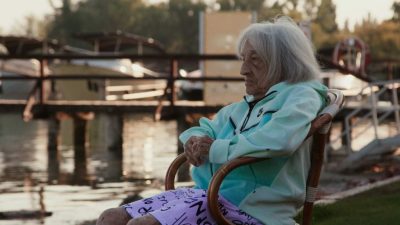
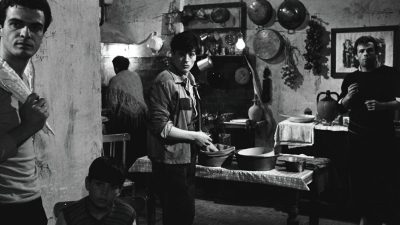





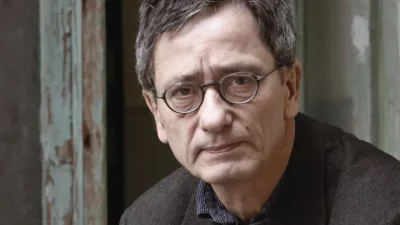














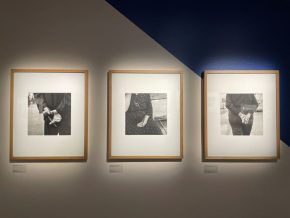

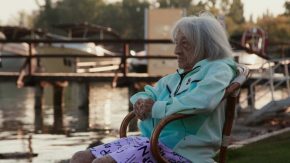
Comments